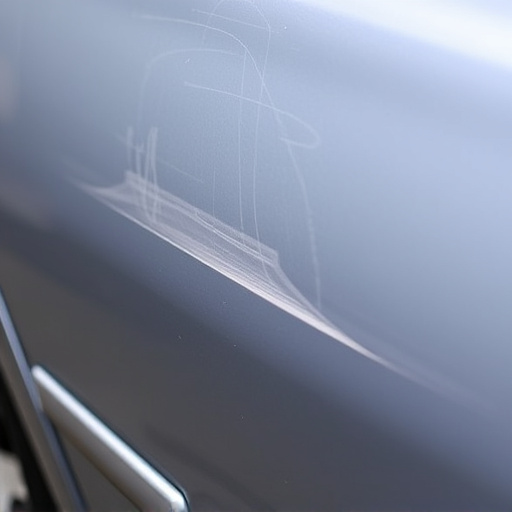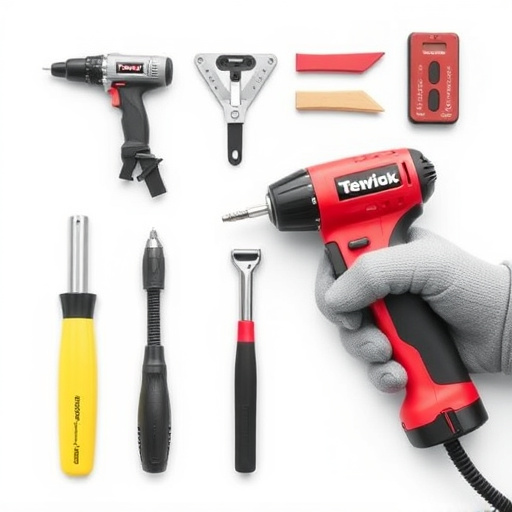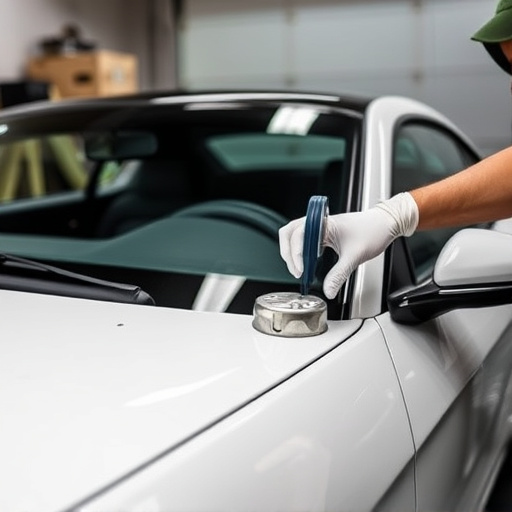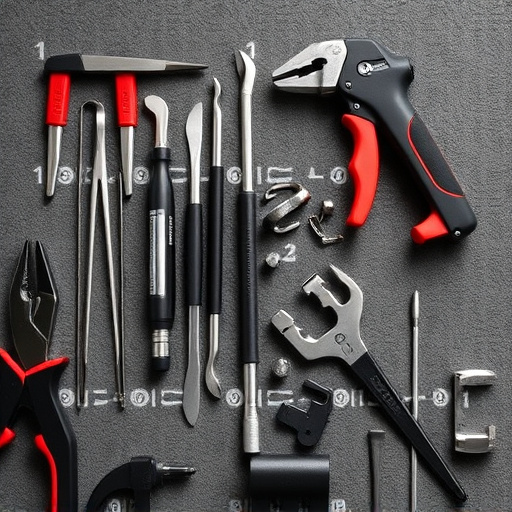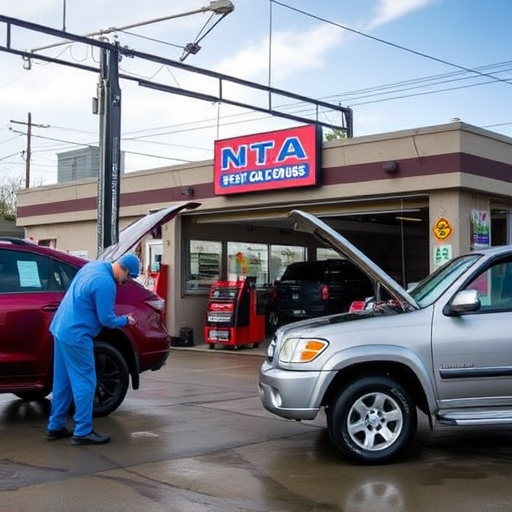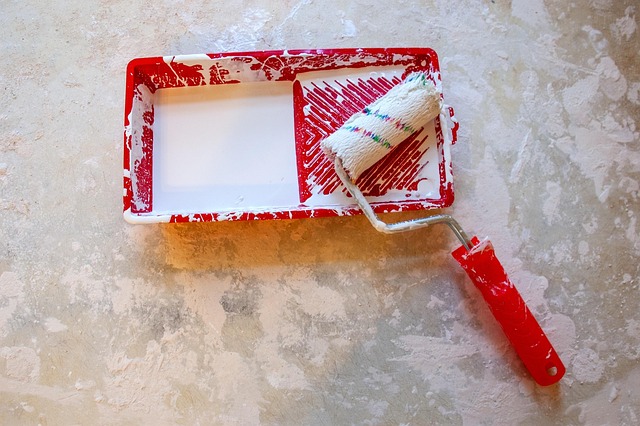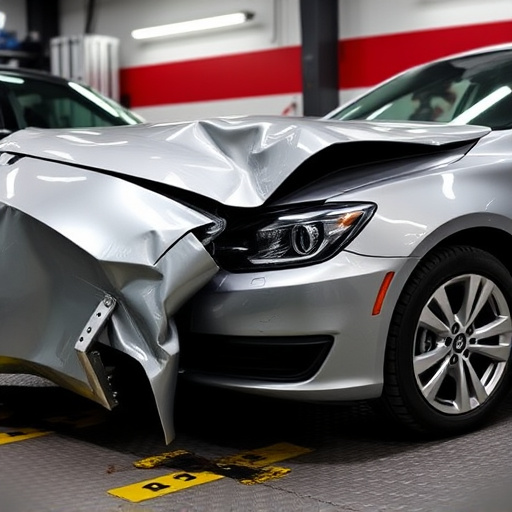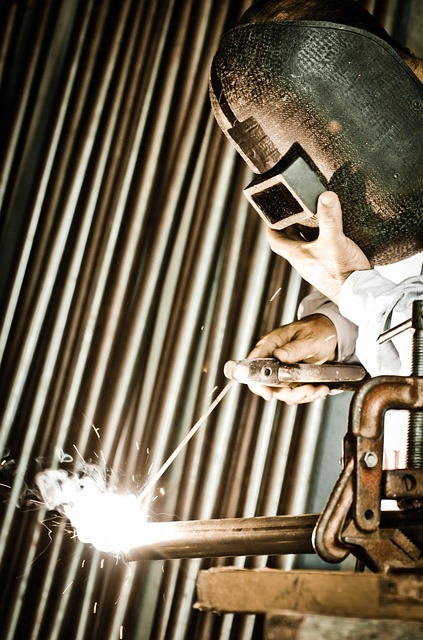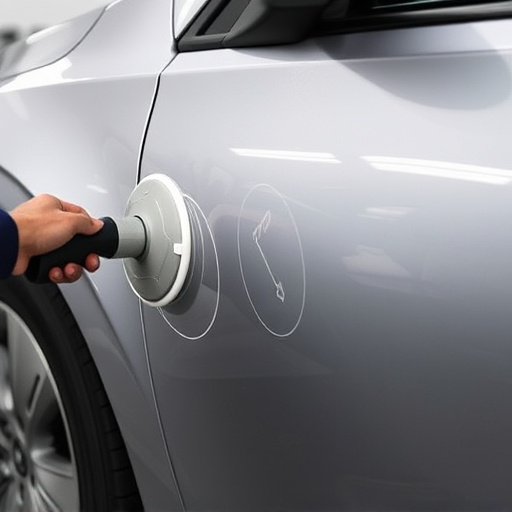PDR certification levels highlight the importance of professional skills in Mercedes-Benz collision repair, ranging from entry-level tool mastery to advanced techniques like scratch and fender repair. This hierarchical structure ensures body shops offer diverse services, catering to various customer needs. Advanced certifications boost career prospects, enhance marketability, and guarantee high-quality repairs, making them valuable for auto maintenance professionals.
“Uncover the depths of professional development with our comprehensive guide to PDR certification levels. This article demystifies the various stages, offering insights into the unique requirements and benefits of each. From entry-level basics to advanced certifications, we explore how these steps enhance your expertise and marketability in today’s competitive landscape. Empower yourself with knowledge and navigate your career path effectively through the lens of PDR certification.”
- Understanding PDR Certification Levels
- Entry-Level: Basics and Requirements
- Advanced Certifications: Expanding Expertise
Understanding PDR Certification Levels
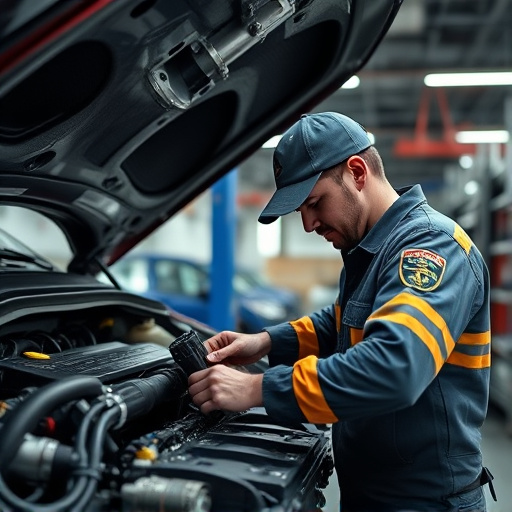
Understanding PDR Certification Levels
When it comes to automotive repairs, especially in the realm of fender repair and Mercedes-Benz collision repair, having the right certification is paramount. Professional Driveway Repair (PDR) certification levels serve as a crucial guide for both technicians and consumers. These levels indicate the scope and depth of training received, ensuring that body shop services meet the highest standards. The certification process involves specialized training in various techniques, from minor dents and scratches to more complex damage like panel replacement.
Each level signifies a progressive mastery of PDR skills, allowing technicians to handle an increasing range of repairs independently. For instance, Level 1 certifications focus on basic dent removal and restoration, while higher levels encompass advanced techniques such as structural repair and paintless dent repair (PDR). This hierarchical structure enables shops to offer a comprehensive suite of services, catering to diverse customer needs in the automotive industry.
Entry-Level: Basics and Requirements
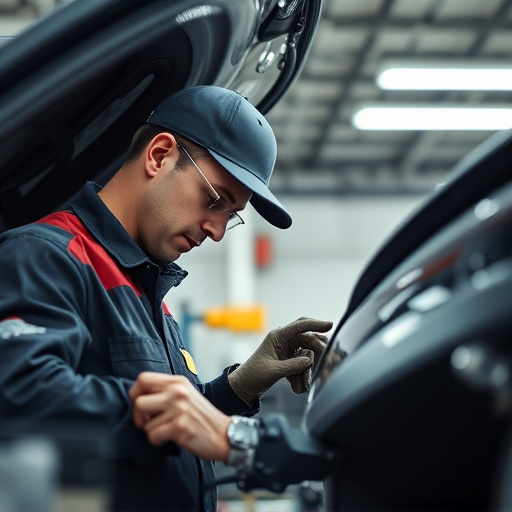
At the entry level, individuals seeking a career in PDR (Paintless Dent Repair) must first grasp the fundamentals of this specialized auto body repair technique. This involves understanding the unique tools and equipment used in car paint repair, as well as the science behind removing dents and restoring vehicles to their pre-damaged condition.
The basics also include learning about different types of damage, such as minor dents, scratches, and creases, and mastering techniques like plastic deformation and spring-back control. To become certified at this level, candidates typically need to complete a comprehensive training program that covers safety protocols, proper use of tools, and quality assurance standards in automotive body work. This foundation is essential for any professional in the auto maintenance industry aiming to specialize in PDR.
Advanced Certifications: Expanding Expertise
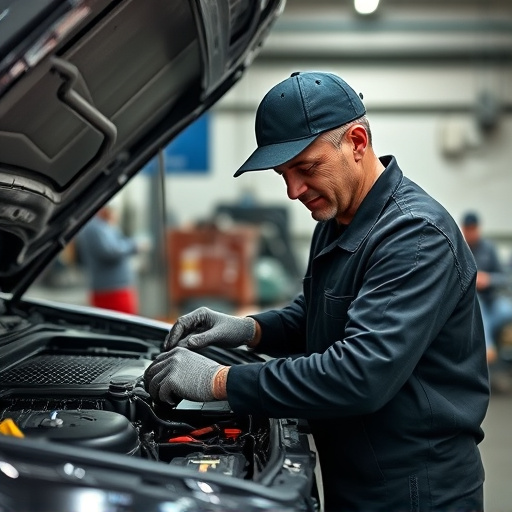
For those seeking to advance their careers in the automotive industry, advanced PDR certifications offer an excellent path to expand expertise and elevate skillsets. These specialized programs go beyond the fundamentals, delving into intricate aspects of vehicle repair services, including scratch repair and fender repair. By mastering these advanced techniques, professionals can take on more complex tasks, enhancing their marketability and contributing significantly to high-quality automotive aesthetics.
With an advanced PDR certification, technicians demonstrate a commitment to staying at the forefront of industry standards. It signifies the ability to handle intricate repairs, ensuring vehicles not only look their best but also maintaining their structural integrity. This level of expertise is highly sought after by both automotive shops and vehicle owners, as it guarantees top-notch service for even the most delicate of repairs.
PDR certification levels offer a clear path for professionals to enhance their skills and knowledge in patient care and treatment. By understanding these certifications, individuals can tailor their educational journey based on their aspirations, whether it’s starting at the entry level or aiming for advanced expertise. This structured approach ensures that medical practitioners are well-equipped to provide quality care, ultimately benefiting patients and advancing the field of dermatology.
